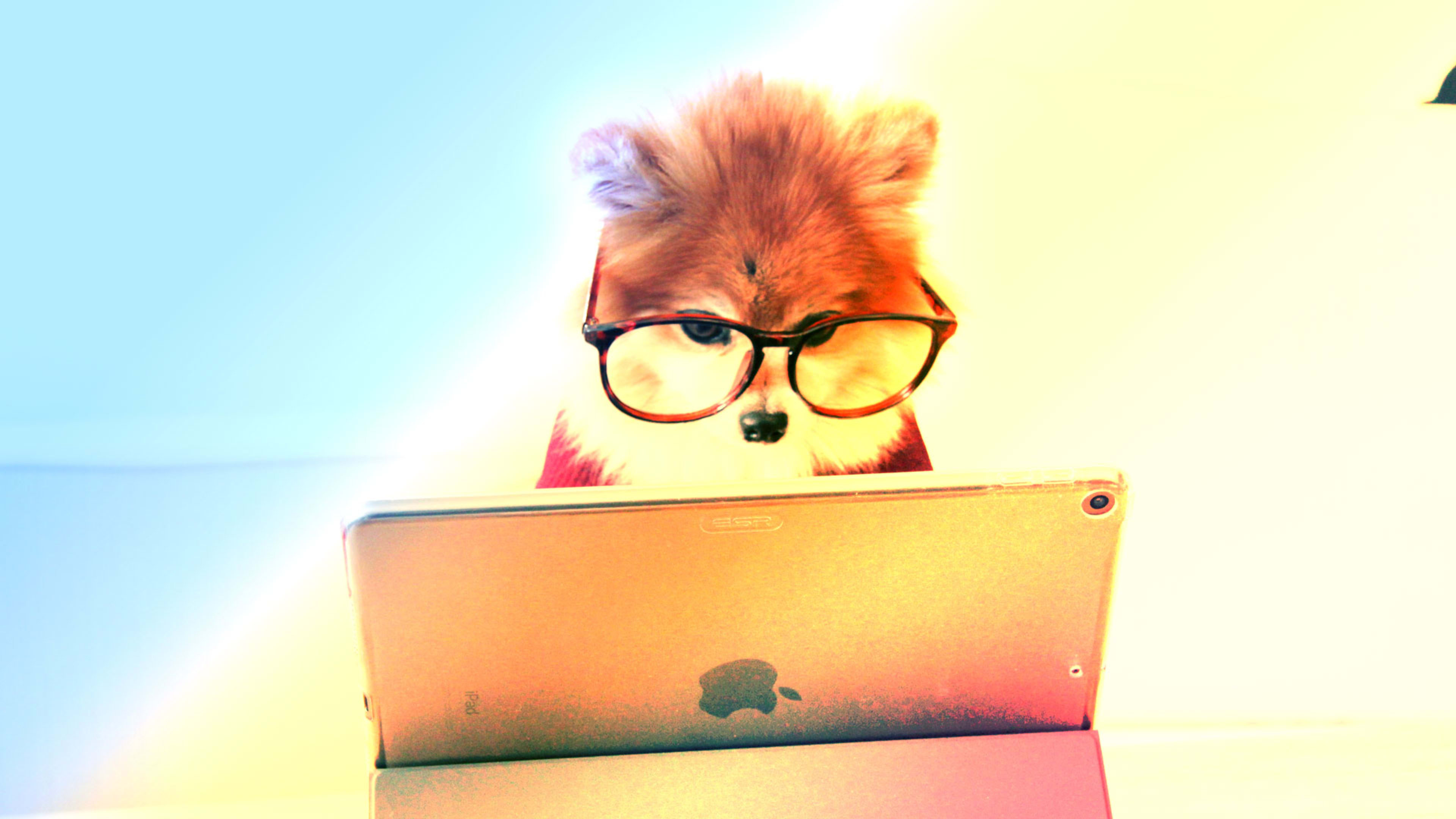Trapped. Lonely. Blanketed in heavy folds of boredom. That’s how many of us feel after weeks of quarantine and mandatory social distancing. What comes next, in terms of getting back to a form of normal, is not yet clear. What is clear is that as we seek to fill our days, screens are now a constant in our lives.
Of course, screen time was anything but in short supply before the outbreak of COVID-19. Researchers estimate that Americans devour 12 hours and seven minutes of digital assets every day. That’s on average. That’s more time than we devote to biological imperatives like eating, drinking, and sleeping—combined. To this point, reports during April indicate that video-game playing is already up 75 percent since the beginning of March, while content streaming has increased by 85 percent.
The cascading impacts of COVID-19, from alienation, isolation, and uncertainty around the future have the potential to trigger the most severe mental health crisis on record. What’s more, we don’t yet know what role our massive and increasing reliance on digital content will play in this deepening crisis.
I understand these challenges on a personal level. As a lifelong sufferer of Bipolar II disorder, I’ve experienced routine changes in mood influenced by the choice of what I watch and when I watch it. That’s why I felt compelled to create a company tasked with making digital encounters easier to navigate and more transparent.
The potential dangers of indiscriminate content consumption are not reliant simply on the volume or frequency of exposure. It is the nature of the materials themselves that matters most. When it comes to mental health, the contents of your content are key. What we choose to watch can chip away at our health, making us vulnerable to stress, anxiety, and depression.
A 2017 study published in Clinical Psychological Science surveyed around 500,000 adolescents in the US and found that rates of suicide and depression increased from 2010 to 2015 (more significantly in females). These higher rates were correlated with prolonged smartphone usage, social media time, and other virtual content consumption.
Mercifully, not all content is toxic. In fact, certain types of music, film, television, and digital media can actually deliver real and measurable psychological benefits. Many viewers wonder why, when we watch segments of Planet Earth, certain sequences seem to nurse us into a state of semi-meditative calm? The simple answer is brain chemistry.
There is an ever-growing body of peer-reviewed literature that demonstrates a correlation between certain types of digital materials and the release of specific mood-altering neurotransmitters in your brain. A 2011 study from Nature Neuroscience examines the impact of “curated” sounds on deep brain systems that are responsible for regulating dopamine production. Similarly, we know that movies—with their unique soundtracks and background music that accompanies specific scenes—have also been associated with the activation of these same reward pathways in the brain. The anticipation or expectation of music cues strongly impacts these brain systems, which explains much of our emotional response to Hollywood blockbusters. Have you ever tried watching a horror movie with the sound turned off? Not so scary anymore.
Popular ASMR videos on platforms such as YouTube and Instagram have also been a hot topic in the world of science. A 2015 study, for example, explored the pleasurable “skin tingling” sensations that these audio-video media evoke on us neurochemically and physiologically.
Does that mean we should apply stricter limits to what we watch? Aiming to “filter out the noise,” and only tuning in to programs with positive emotional ratings or positive chemical impacts on our brains? The choice, we believe, is best left to consumers. Nevertheless, an ability to carefully and intelligently select digital materials to promote emotional health and resilience is a relevant concern for digital audiences everywhere—particularly now. Rather than subjecting content to crude tools of restriction, we ought to elevate digital products by using the power of a simple framework, called “digital nutrition.”
At AeBeZe, with the support of former chairman of the Nobel Prize Committee on Medicine or Physiology, Dr. Hans Ringertz and other leading experts, our firm defines digital nutrition like this: “Two distinct but complementary behaviors. The first is the healthful consumption of digital assets, or any positive, purposeful content designed to alleviate emotional distress or maximize human potential, health, and happiness. The second behavior is smarter decision-making, aided by greater transparency around the composition and behavioral consequences of specific types of digital content.”
Moreover, the digital nutrition table—which deliberately resembles the periodic table of elements—is garnering attention from entrepreneurs and education leaders near us, in Silicon Valley. “Digital nutrition labels,” a concept our company developed, can help consumers build stronger behavioral and emotional health when consuming media.
Greater research is required to make these tools more understandable, commonly available, and applicable, but digital nutrition can still forge a positive path during these screen-heavy times.
This next period of our lives will require a tremendous amount of resilience. If we apply the principles of careful measurement and mindful consumption, and extend them to the web, mobile apps, and streaming services, we can transform our digital lives for the better.
Michael Phillips Moskowitz is the CEO of AeBeZe Labs, a behavioral health company. Moskowitz was previously an entrepreneurship fellow at the Harvard Kennedy School, and the global chief curator at eBay.
Recognize your brand’s excellence by applying to this year’s Brands That Matter Awards before the early-rate deadline, May 3.
